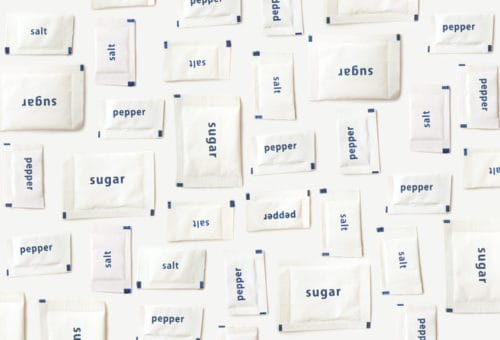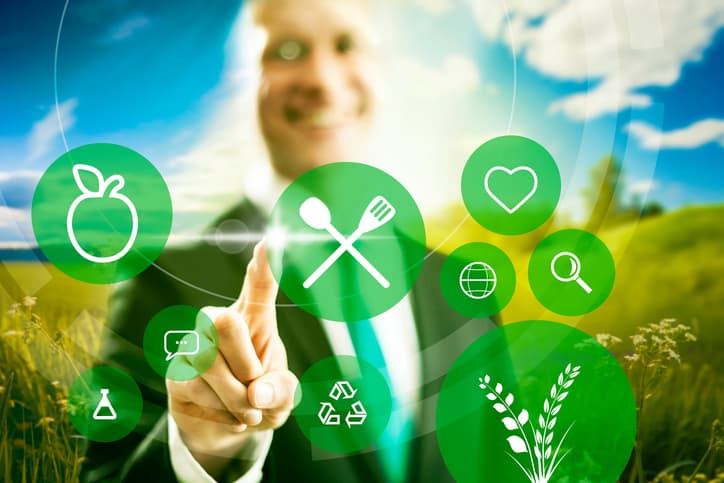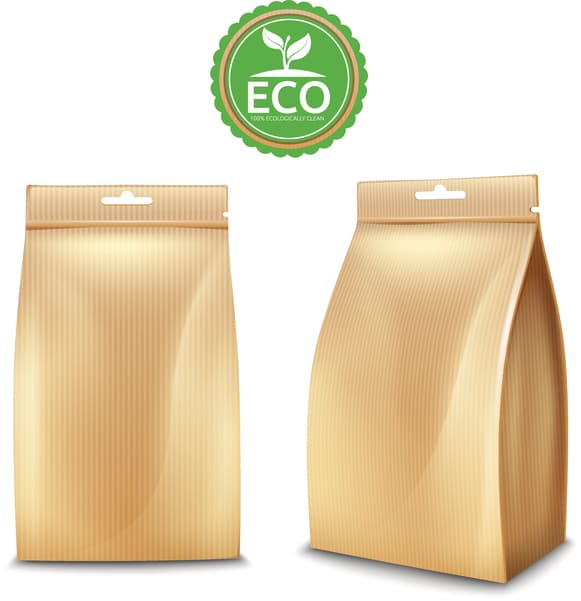As consumer preferences continue to shift, with more people seeking eco friendly, sustainable packaging in the products they buy, some of the world’s biggest retailers are taking note. Both Walmart and Amazon, for instance, have launched comprehensive packaging sustainability initiatives.
Walmart’s Packaging Scorecard
Just over a decade ago, Walmart introduced their proprietary Packaging Scorecard to companies throughout their supply chain.
RELATED: Biodegradable vs. Compostable vs. Recyclable – How to Choose the Right Packaging
Working with guidelines established by the Packaging Sustainable Value Network, a group of leading companies in the packaging industry, Walmart’s Packaging Scorecard identified nine key metrics to consider when designing and creating eco friendly packaging:
- Greenhouse gas/CO2 generation per ton of packaging produced
- Material value
- Product-to-package ratio
- Cube utilization
- Transportation
- Recycled content
- Recovery value
- Renewable energy use
- Innovation
Each of these environmentally relevant metrics is represented as a percentage of 100 possible points for rating existing packaging, developing new packaging, and comparing one’s own environmentally friendly packaging solutions to those of other companies.
Walmart doubled down on their sustainable initiatives in 2016 when they released their Sustainable Packaging Playbook — which focuses on optimizing packaging design, securing sustainable material sources, and supporting recycling — to help guide companies toward methods for improvement.
Amazon’s Certification Guidelines
Walmart is not alone in recognizing the importance of sustainable packaging, both for the environment and manufacturer ROI. In 2008, Amazon, the world’s largest online retailers, introduced their own eco friendly packaging initiative, the Frustration-Free Packaging Program.
Frustration-Free Packaging takes a more consumer-oriented approach — its main goal is to ease “wrap rage,” the frustration that consumers often feel when faced with excessive amounts of packaging materials or difficult-to-open designs.
The program aims to drastically reduce the number of boxes used in shipping, as well as packaging materials in general, such as clamshells, wire ties, and plastic bindings. By putting a focus on material reduction and recyclability, Frustration-Free Packaging is also eco friendly packaging.
Taking the Eco-Friendly Packaging Leap
Manufacturers large and small, and from all types of industries, are increasingly adopting the sustainable packaging requirements set into motion by mega-retailers like Walmart and Amazon.
These practices are often considered to be cost-ineffective for manufacturers, but with the right amount of research and analysis, environmentally friendly packaging practices can actually lead to significant cost savings.
Have you been considering making the switch to eco friendly packaging? Download Sierra Coating Technologies’ free eBook, “Taking the Eco-Friendly Packaging Leap,” to learn how to take the first steps and explore the unique benefits of various types of packaging, such as recyclable and compostable. Or, to discuss your unique packaging needs with an expert, contact the team at Sierra today.
 Food and food packaging companies are now pursuing various methods to meet consumers’ desire for conveniently packaged food. The specific solutions used, however, depend on the food product itself.
Food and food packaging companies are now pursuing various methods to meet consumers’ desire for conveniently packaged food. The specific solutions used, however, depend on the food product itself.

